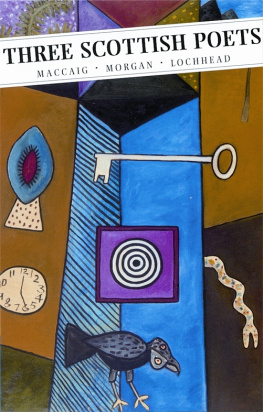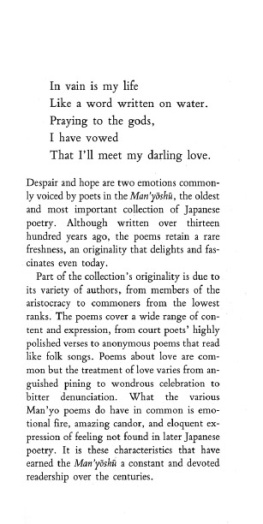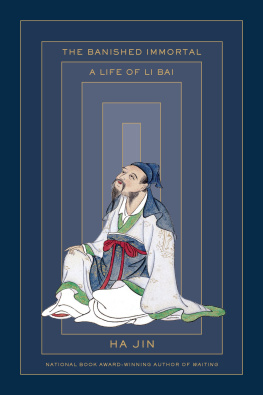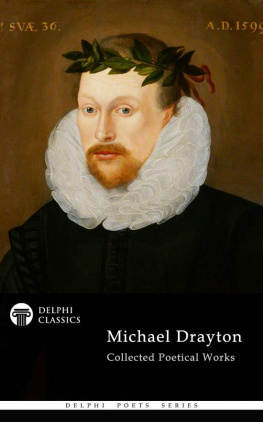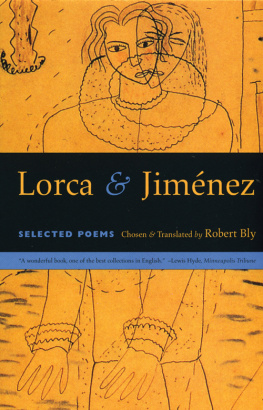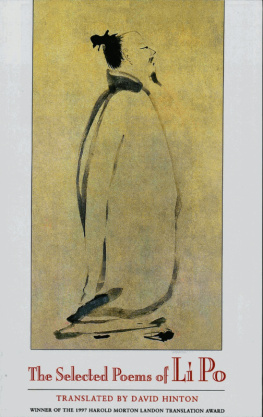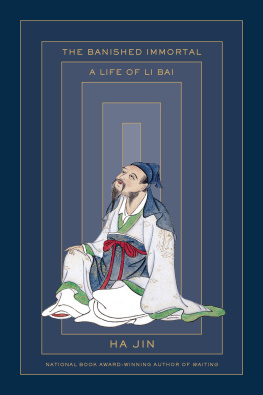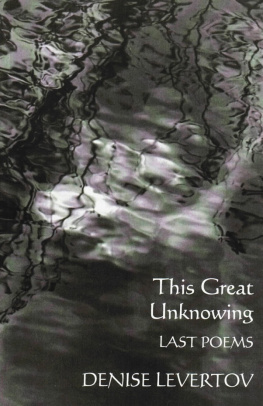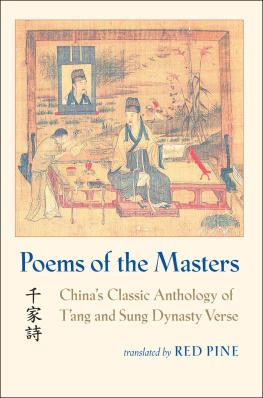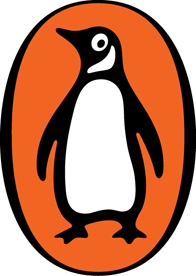PENGUIN BOOKS
UK | Canada | Ireland | Australia
New Zealand | India | South Africa
Penguin Books is part of the Penguin Random House group of companies whose addresses can be found at global.penguinrandomhouse.com.
First published 1973
Copyright Arthur Cooper, 1973
All rights reserved
ISBN: 978-0-141-91525-8
THE BEGINNING
Let the conversation begin
Follow the Penguin Twitter.com@penguinukbooks
Keep up-to-date with all our stories YouTube.com/penguinbooks
Pin Penguin Books to your Pinterest
Like Penguin Books on Facebook.com/penguinbooks
Listen to Penguin at SoundCloud.com/penguin-books
Find out more about the author and
discover more stories like this at Penguin.co.uk
PENGUIN CLASSICS
Li Po and Tu Fu
Li Po (or Li TaiPo) and Tu Fu are seen by the Chinese as the two greatest poets of an age that to them, like our Renaissance, links the ancient with the modern world. The two poets were contemporaries and friends and shared a deep love of the poetry of the past, but were widely different in their own character and work. Yet they complemented one another so well that they came often to be spoken of as one, Li-Tu, who, more than any single poet, covered the whole range of human nature.
Li Po ( A.D. 70162) was born in the far west of China, and probably had some knowledge of Central Asian languages and cultures. But to his contemporaries his talent was almost supernatural, so that he hardly seemed of earthly origin at all; his verses seemed to originate in something other than the human consciousness, yet speak directly and simply to the human mind.
Tu Fu ( A.D. 71270) was born near the capital, of a family distinguished for service to the state. While Li Po seems to the Chinese to be a poet of the night and of man as a solitary animal in his dreams, Tu Fu is rather a poet of the day and of man in his other nature as a social animal. Tu Fus poems chronicle his life and times with social conscience and compassion, but also present a convincing, unselfconscious portrait of the man himself.
Shui Chein-Tung, artist and scholar, who has contributed calligraphy to this book, was, like Li Po, born in the far west of China. He is co-author with Bernard Martin of Makers of China (1972).
Arthur Cooper who was born in 1916 of Anglo-Irish parents and as a boy explored foreign languages and poetry, starting with Icelandic, later turning to Japanese and Chinese. He entered the Foreign Office in 1938, served in Hong Kong and Singapore 193942, and for several years in Australia under the British High Commission. He retired in 1968 and devoted himself to the Chinese language, especially the script, and poetry. In 1978 he published a monograph on The Creation of the Chinese Script, seeing a new look at this subject as important to the understanding of the earliest Chinese literature, especially poetry, and also to that of the evolution of human language. He died in 1988.
Pronunciation of Chinese Words and Names
The romanization in this book is the still most generally used Wade-Giles system:
Consonants
The apostrophe after a consonant, as in ping, represents a strong breath. It is best to pronounce such consonants like an English p (etc.) but to pronounce those without the apostrophe as b (etc.): for example ting as ting but ting as ding; ching as ching but ching as jing.
The romanized letter j is pronounced in Pekinese (which this romanization otherwise represents) like an English unrolled r; for example ju as the English word rue. (The supposed Chinese inability to say r applies to other dialects.) Hs- at the beginning of a word is between the sound in hew and the sound in sue: hs.
Vowels
is like German or French u. Hseh, yeh nearly rhyme with French tu but the
-eh is like the English e in get. (The final h in this romanization is a convention and never pronounced.)
e on its own is the neutral vowel in English err. If the r in this word is pronounced fully, it is like the Chinese word romanized as erh.
-ih is a vocalic r: shih is like shr as some Americans pronounce sure.
-u in szu, tzu is a vocalic z: szz, dzz. Tsz is tszz.
ao is the English sound in cow.
ei is the English sound in way, day.
ie is ee-eh.
ou is the English sound in though, go.
o on its own is the English sound in thaw, but sometimes neutralized to an er sound. (When neutral, e and o are sometimes written and .)
a, i, u on their own are as in Italian. Subject to observance, only as far as convenient, of these rough indications of Chinese pronunciation, it is best to pronounce the romanizations in an English way: e.g. Wang as Wong, Chuang Chou as Jwong Joe.
Some names, like Szechwan (Szu-chuan) and Peking (Pei-ching), I spell in the most usual way; and I prefer to pronounce Li Po and Tu Fu themselves as English Lee Poe and Too Foo, instead of with Baw and Doo.
Note on The Chinese Calligraphy
There was a great deal of variety in the drawing of Chinese characters before spelling reforms of the 3rd century B.C. The abolition then of the feudal states and the establishment of a central bureaucracy made the standardization of the drawing of the characters both necessary and possible. Two scripts, both surviving for occasional formal use in book-titles and the like, were then devised within a few years of one another: the Lesser Seal or Simplified Formal script and the Li or Police script. The latter was the first Chinese writing designed specially for the writing brush, which was swift because it was almost frictionless; and in it the curves of earlier writing are replaced by angles better suited to a brush.
All later styles of Chinese writing are modifications of the Li script, with curves returning, largely as ligatures, in the most rapid forms. These later styles developed with the invention of paper, ideal for brush and ink, in the 2nd century A.D. ; whilst the invention of printing, about the 9th century, had other influences on the forms of the script.
The paper on which the Chinese paint, write and print is much softer, however, and more absorbent than our printing paper, and the method of printing they invented uses a lighter contact between paper and inked matrix than our later invention of the printing press. The Chinese method is more sympathetic to a calligraphers handiwork with brush and water-based ink.



